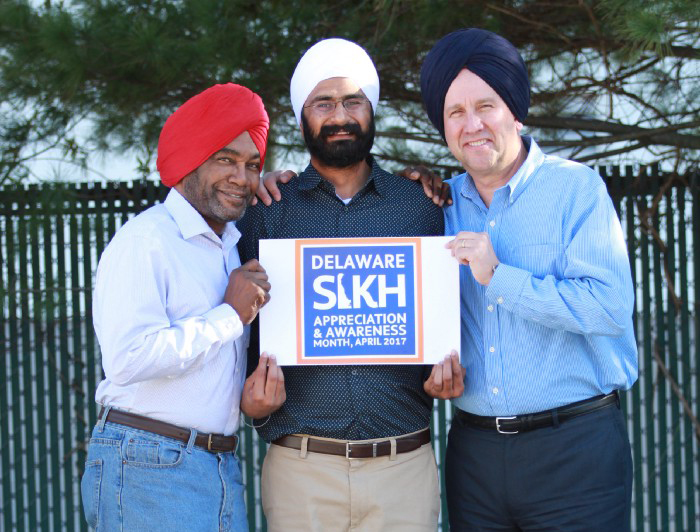
Why Indians in America don’t support Blacks?
It was 1982. I was in my older cousin’s village in India’s Haryana state during my school’s summer holidays.
One morning, while my cousin was watering the paddy fields, which spread all around his tube-well — I saw him signaling a Dalit, or an “untouchable,” girl standing in the middle of the fields. She came over to us. Next, as if the two had been rehearsing this scene for a long time, both silently entered the bricked enclosure that sheltered the well.
“Keep looking…no one should come on this side…ten minutes,” he told me while folding the wooden planks of the room door shut.
I was old enough to know what happened in “ten minutes,” but did not understand the reasons behind the depraved sexual exploitation until much later. The fields, with or without crops, were — and still are in many Indian villages — the only open-air toilets in the places that lacked septic or sewage services. The tube-wells for most villagers were their single source of water and its tanks their most convenient destinations for washing laundry and large pots.
Landless lower castes, especially Dalits, submitted to the upper caste farmers’ exploitation in return for permission to use these facilities. How could they survive without the tube-well water and using the fields?
Just like that young city boy in the 1982 Indian village, I knew nothing about racism in America when I landed here twenty-one years ago. Even now, I struggle with the question, “What is your race?” asked on a form or an application. For Indians, it is easy to identify one’s caste simply because it is part of everyone’s name.
I had read that equality and liberty for all are guaranteed by the law, by the constitution, in America — it is securely lodged in the scripture of this great country. America’s economic and military muscle along with its international clout punished countries it accused of violating human rights. Upon arrival here, however, I learned that the same laws and the same constitution, when first written, failed to prevent one man from owning another. Black was the property of white. Legally. The owner could deed his or her possession to another like the title of a car.
Those who owned black people, stolen and kidnapped from Africa, included twelve American presidents, even the one who declared, “All men are created equal.”
In becoming a citizen of the U.S., I was shocked to learn all this but pushed it aside, ascribing it to a painful past not relevant in today’s America, one that lectures the whole world on human rights and values.
I learned differently on a Thursday in May of 2011, when two white guys and a girlfriend of one of them called me and my two friends “niggers” while we enjoyed a drink at a local establishment. For no reason.
When my friends went out to smoke, these three attacked them. The cops came and took us to the hospital because my friends needed stitches. The white judge gave the most violent of the trio only a six-month suspended sentence despite his long history of violence.
But I finally realized the ugly truth after watching and watching and watching George Floyd’s murder video. Derek Chauvin’s regally planted knee on George Floyd’s neck with his hand in the pocket was a proclamation that the white man is the undisputed master of the black man — a theatrical performance matching Ku Klux Klan (KKK) era public events. Bystanders’ pleas of mercy and “he can’t breathe” warnings gave the choker the high he needed to underscore his sense of superiority, impunity and entitlement.
Chauvin was aware he was being filmed and the whole world was watching him. In KKK tradition, the audience and the witnesses only made him more determined. He knew he had allies across America: The White House resident, Congress, judges, all Americans who elected Trump president for “taking America back” — as former KKK Grand Wizard, David Duke’s tweet proclaimed after Trump’s election and cabinet picks.
The only difference from the earlier KKK days was that Chauvin no longer needed to cover his face.
During their 200-year rule of India, the English abolished Sati — the self-immolation of the widow on the funeral pyre of her husband — quickly and resolutely but left caste cruelties intact.
They are natural allies, racism and casteism. They share so much in common.
Last year my wife was at her friend’s son’s birthday party in a local county park. The birthday boy’s older sibling had invited his black girlfriend and her family to the venue. When they arrived, the host family prayed for the earth to crack open and swallow them. The boys’ grandmother told my wife, “I don’t know what sins I did that my grandson, so intelligent and capable, is showing us this day…I don’t know where to hide my face.”
This colorism is a deeply ingrained issue in India and among Indians globally. In Punjab the saying goes, “Never trust a black Brahmin.” So, even though colorism existed in India before the Europeans’ arrival, the imperialists’ conquests and rule permanently embedded white superiority in Indian minds.
Most Indians in America are upper caste, not necessarily Brahmins, the top caste, but non-Dalits. (In 2003, only 1.5 percent of Indian immigrants in the United States were Dalits or members of lower castes, according to the Center for the Advanced Study of India at the University of Pennsylvania.) They view blacks as Dalits and adore whites as their role models and revere them more than their temple priests. They call whites “fair” no matter how unfair they are treated by them. They are their role models in life and look. That’s why Unilever’s “Fair and Lovely” whitening cream did $500 million of business in India in 2019.
Many South Asians have indiscriminately borrowed the white supremacist lexicon — blacks are inferior, dumb, dangerous, criminals, drug dealers and always on food stamps — and many refer to them as “habshi” — a derogatory Indian term for black people — in their interpersonal and communal conversations. An Urdu translation of “The Adventures of Tom Sawyer” I am presently reading uses the term in reference to blacks.
I was surprised and disappointed to see the Indian-American community’s apathy toward George Floyd’s killing in my boarding school and engineering college WhatsApp groups and during discussions with friends and colleagues. I was shocked to hear and read, “What’s wrong with police killing a criminal?”
The millennia-long caste apartheid has made upper-caste Indians insensitive to discrimination. Years in college have given them the skills to earn but no reason to learn basic human values. Here in America, they have no Dalit friends. Research and surveys by Equality Labs show it categorically. No wonder that the immutable attitudes and approaches ensure ongoing discrimination.
Do they differ, racism and casteism?
Like most things western, racism was planted with objectivity in mind, namely its perceived economic benefits. In contrast, India’s casteism was primarily perpetuated because of subjective sociological distinctions. It is impossible for the colored to escape racism because skin color can’t be changed or hidden. However, in India today it is possible, though difficult, to sneak out of the caste cage. Those with education or skills can shed the crushing weight of the caste pyramid by moving to big cities where caste is not as visible. Some stop using their last names or change them to avoid caste identification.
Racism’s foundation is materialistic — economic exploitation. Cravings for status and power built the labyrinths of casteism. But their benefits are not mutually exclusive.
The Indians who don’t oppose white racism in support of the Black Lives Matter movement don’t realize that a white supremacist America will hurt and kill their children and grandchildren in the years ahead because they are perceived as blacks. Remember that white supremacy by its very name devalues and vilifies any non-white culture. The racially motivated attacks on Jews, Muslims and Sikhs in this country are proof of that. So why the growing Indian community in this country don’t realize this truth? At first, their numbers were too small to invite the attention of racists. Take the case of H1B visas. How drastically the reaction and reception changed over the last 20–25 years?
Democratic institutions and technological advancements haven’t loosened the grips of racism and casteism as many had hoped and wished. It is interesting to note that virtually all of the most successful Indian executives in America are of the Brahmin caste. If the New World’s most successful companies’ ownership remains white, its top management is becoming increasingly Indian upper caste. Is it an accident that Indira Nooyi (former Pepsico CEO), Satya Nadella (Microsoft CEO), Sunder Pichai (Google and Alphabet CEO), Shantanu Narayen (Adobe CEO), and Arvind Krishna (IBM CEO) — are all Brahmins. Ajay Banga, the Mastercard CEO, is no Dalit. The list is long and growing.
There are many who use data to argue how one race or caste is superior, more capable than others. Is the comparison fair? Haven’t the centuries of deprivation and subjugation played an undermining role in blacks’ lives? Don’t better facilities and opportunities have an enabling role? If not, why has no Indian citizen won a Nobel Prize in science or economics since the country’s independence in 1947? Only Indians who migrated to the U.S. and U.K have: Har Gobind Khorana (Medicine), Subrahmanyan Chandrasekhar (Physics), Venkatraman Ramakrishnan (Chemistry), Amartya Sen (Economics), and Abhijit Banerjee (Economics).
The only Pakistani, and the first Muslim — ironically, Pakistan didn’t consider him Muslim because he was Ahmadi — to get a Nobel Prize was Mohammed Abdus Salam, but only after his immigration to the U.K. Even the aforementioned Indian CEOs accomplished their stellar successes only after arriving in the U.S.
The solutions to inequality are — as the old saying goes — simple but not easy. Whether a Dalit in a squalid Indian village or a black child in an American slum, only equal education and opportunity over time can improve their lives collectively. As long as those benefits are restricted to the wealthy and powerful and to those of a certain skin color, caste, racism and discrimination will thrive. The availability of a long-term stimulating environment determines how living species grow. Until we commit to providing that nurturing opportunity to all people, regardless of color or caste, we have no right to judge them in ways that are unfair, unethical, and inhumane.
—————
This column was published online by the https://medium.com/ on July 30, 2020.

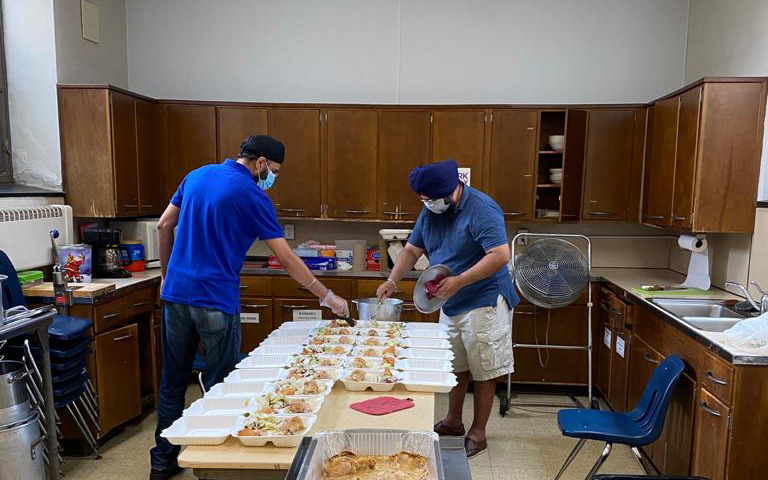
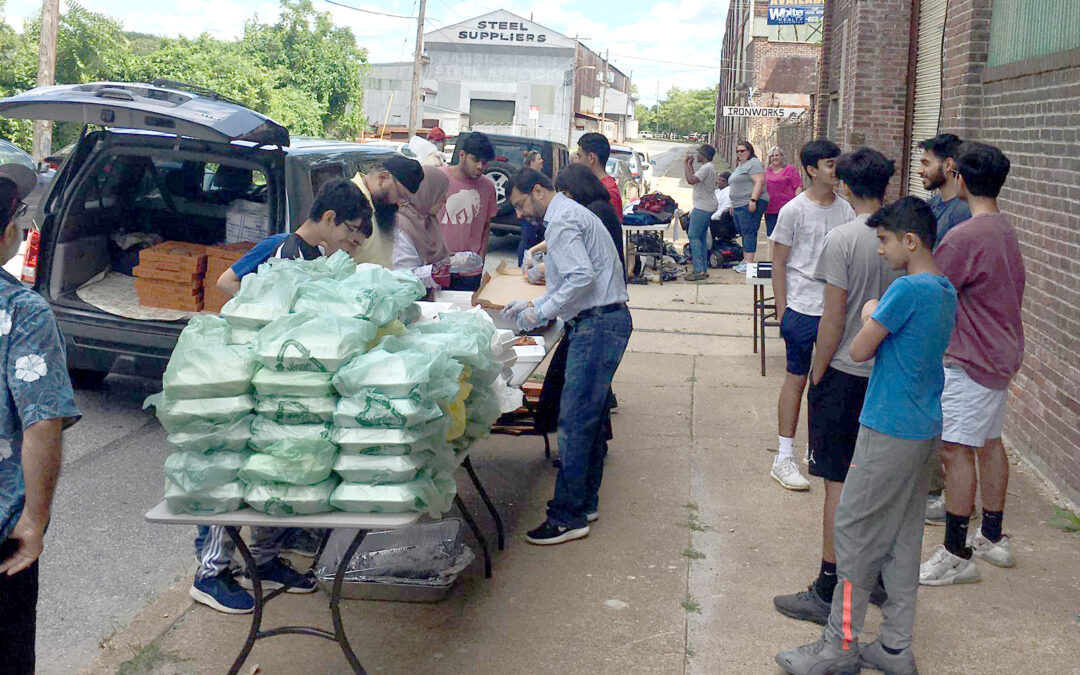
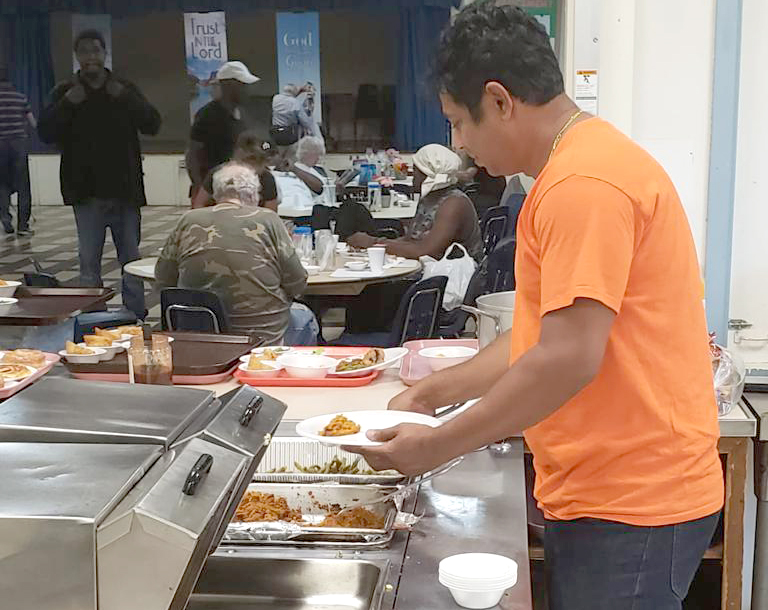
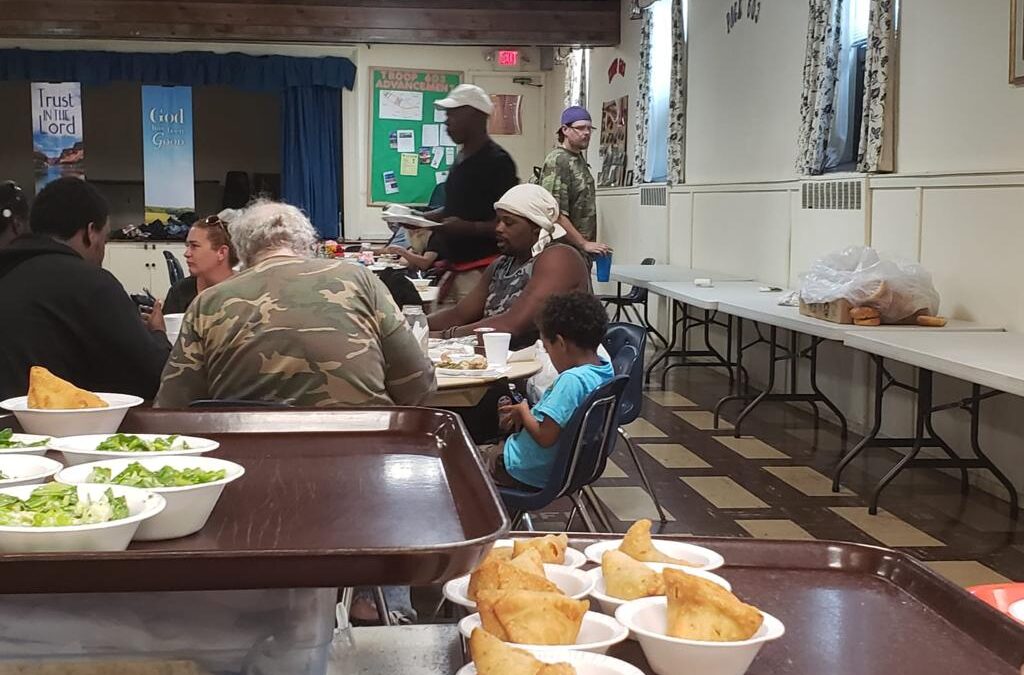

Recent Comments